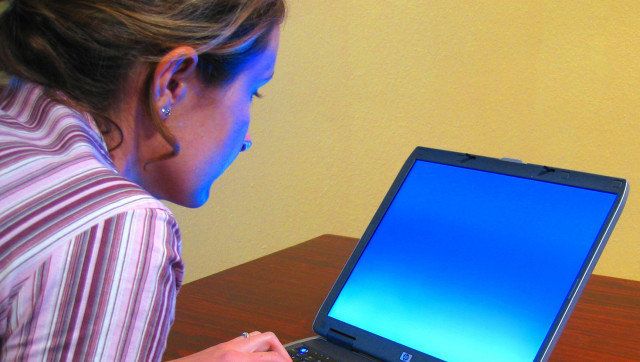
The social web's rise has been breathtaking. There are now over a billion people sharing their expertise and life experiences on Facebook alone. The stats are staggering and well known, but mask how limited a view each of us has of what's being shared.
Collectively, we're creating the most valuable source of information in human history. No matter your circumstance, there's a person or organization sharing timely updates that can satisfy any interest or inform any decision. Every day, as 300 million photos are uploaded to Facebook and 400 million tweets are shared, every person, place, event, topic, and organization is being documented and discussed. There are nearly as many objects created in Facebook and Twitter every month as there are web pages in Google's entire index. It's an apples to oranges comparison, but it demonstrates the scale of the social corpus and the diversity of voices and information. The social web has eclipsed Google's index as the most dynamic and authoritative source of information. This will only become truer as more people come online and it becomes even easier to share.
Despite the explosion of people, organizations, and content, the value of the social corpus is grossly unrealized. Although we're all creating ever more content, each of us has as limited a view of what's being shared as we did in September of 2006, when Facebook introduced the News Feed.
In 2006, the average Facebook user had a few hundred friends. Although Facebook has added nearly a billion new people since then, the average user's friend list has barely grown. If there are 1 billion people on Facebook today, my 620 friends represent 0.00000062 of the Facebook population. Said another way, there are 999,999,380 people I'm not friends with.
Twitter expanded our universe of content with the retweet, allowing content from people we don't follow to appear occasionally in our feeds. Let's assume that each person you follow might introduce you to content from 50 others each year. If you follow 1,000 people, you'll see a portion of the content shared by 50,000. If there are 250 million people on Twitter, you're exposed to content from 0.0002 of the Twitter population.
You will find no bigger admirer of the social web's accomplishments over the past seven years than me, but it ultimately represents a massive effort to subscribe to other people. Facebook calls it friending. Twitter calls it following. One model is symmetrical and the other is not. Every service has their own unique take, but it all boils down to lists of people and organizations you're subscribed to.
Because of the limitations of the subscription model, we are all missing out on what hundreds of millions of people are saying and sharing. While we marvel at the social web's growth, these services are so large and we follow so few people, we effectively see 0 percent of the content available to us.
No matter how hard you try, you can't follow a billion people. To see more, we need to move beyond social discovery via subscription.
The brilliance of the social web is that you have no idea what you'll discover each time you open Twitter, Facebook or any successful social service. The social web uses your friends as a proxy for your interests. If you were presented with a blank query box every time you opened Facebook, you'd have no idea that you wanted to find and comment on your friend's picture. Yet, people are asked to input a query to venture beyond their friends' content.
To move beyond the subscription model and unlock what a billion people and organizations are sharing, we need fundamentally different technology. This technology must supplant your friends, finding other ways to infer your context and select interesting or informative content on your behalf.
New devices and modes of use, location, time of day, the structure of the physical world, the social graph and attributes of each social update allow us to expand the universe of potential queries like never before. Combined, these implicit signals can compose a query so much richer and more meaningful than an empty query box ever could.
At Spindle, we're rethinking social discovery and hope to help people find valuable social content from beyond their friends list. We're starting by helping people answer the question "What's happening around me right now?" Spindle considers a range of implicit inputs to uncover the most interesting and actionable updates from places around you. Spindle finds valuable content you wouldn't think to look for. Its results are always fresh, always dynamic, and often surprising.
Our goal is to make the local query compulsive. We hope you will walk around and ask Spindle "What's happening nearby?" as often as you check Twitter or Facebook on your phone. Although we've started with local discovery, the opportunity to reimagine how people discover social content is as diverse as the billion voices sharing online.
I look forward to a future when we are all able to benefit from the full social corpus. Tapping into our full collective expertise and life experiences will fundamentally change our understanding of our own lives and the world around us.
The next time you marvel at the size of Facebook or Twitter, consider how many people and organizations you don't follow... and how much content is out there that you'd love to see, but can't.